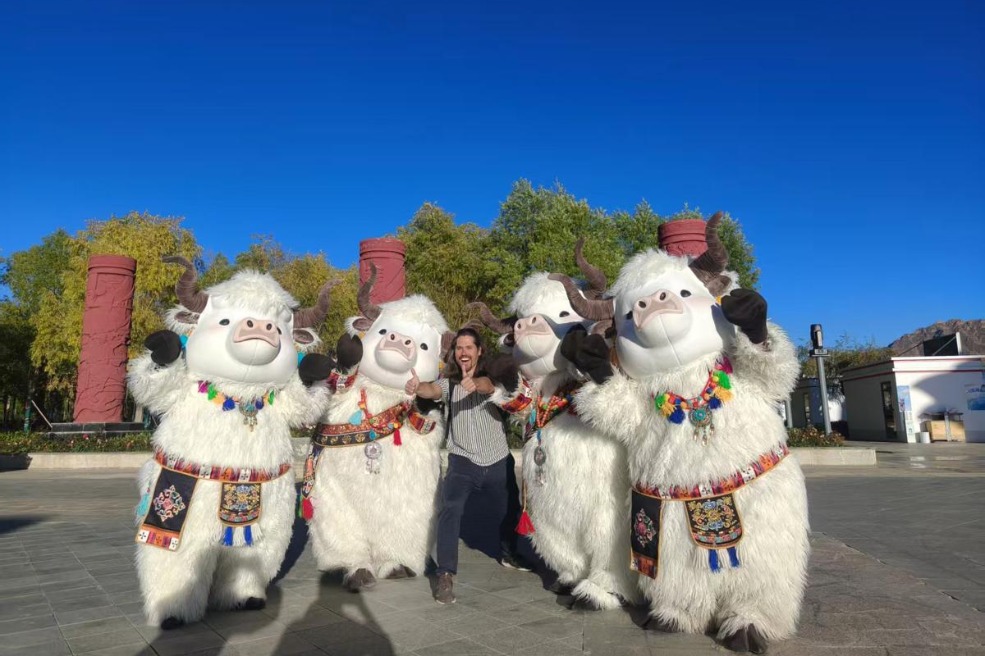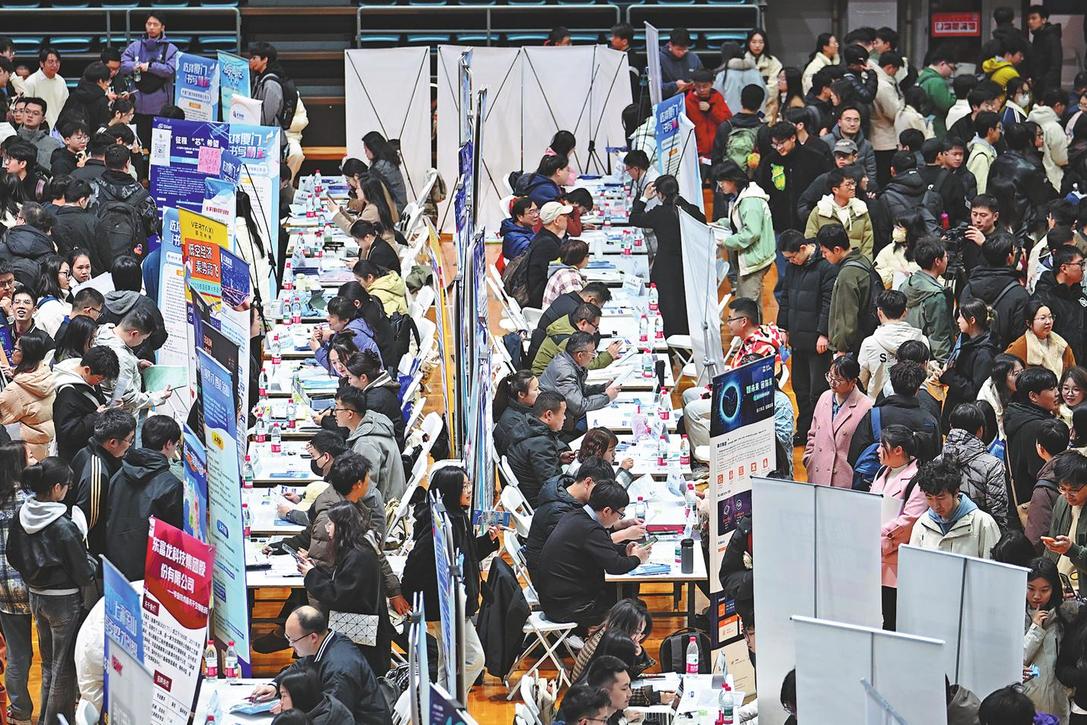WHO expert: Coronavirus origin linked to animals

The novel coronavirus belongs to a group of viruses that are found in bats, a World Health Organization expert said at a news briefing amid international debate on the origins of the disease.
Peter Ben Embarek, a WHO scientist who studies animal-to-human transmission of diseases, said on Friday that there was evidence that cats and other felines were susceptible to the disease. It was important to establish which animals could get infected to monitor potential reservoirs for the virus, he said.
Embarek said WHO was yet to determine the source of the disease or which animal species it came from initially.
He said that the novel coronavirus finds its origins in animals, much in the same way that previous outbreaks of diseases, including SARS, MERS and types of bird and swine flu, began through close contact between humans and other species.
"The origin is not unique, we have seen several of these events," Embarek said. "It is not unusual to have these events but of course this one is totally unique in the scale and size of how it has impacted public health and our daily life in recent months."
Some politicians in the United States and elsewhere have promoted the theory that the virus was engineered or manipulated by scientists in a laboratory.
More research needed to be done to establish which animal species were susceptible to COVID-19 infection, he said. This is because some species could act as reservoirs for the virus.
Cats are known to be susceptible to infection and can pass on infection to each other. Embarek said there was some evidence that dogs were also susceptible, but to a much lesser extent.
Pigs and poultry were not known to carry the virus, he said. So, more work needed to be done to establish susceptibility in other farm animals.
Today's Top News
- UN envoy calls on Japan to retract Taiwan comments
- Innovation to give edge in frontier sectors
- Sanctions on Japan's former senior official announced
- Xi stresses importance of raising minors' moral standards
- Coordinated reform key to country's growth
- Shandong gives new life to traditions





























